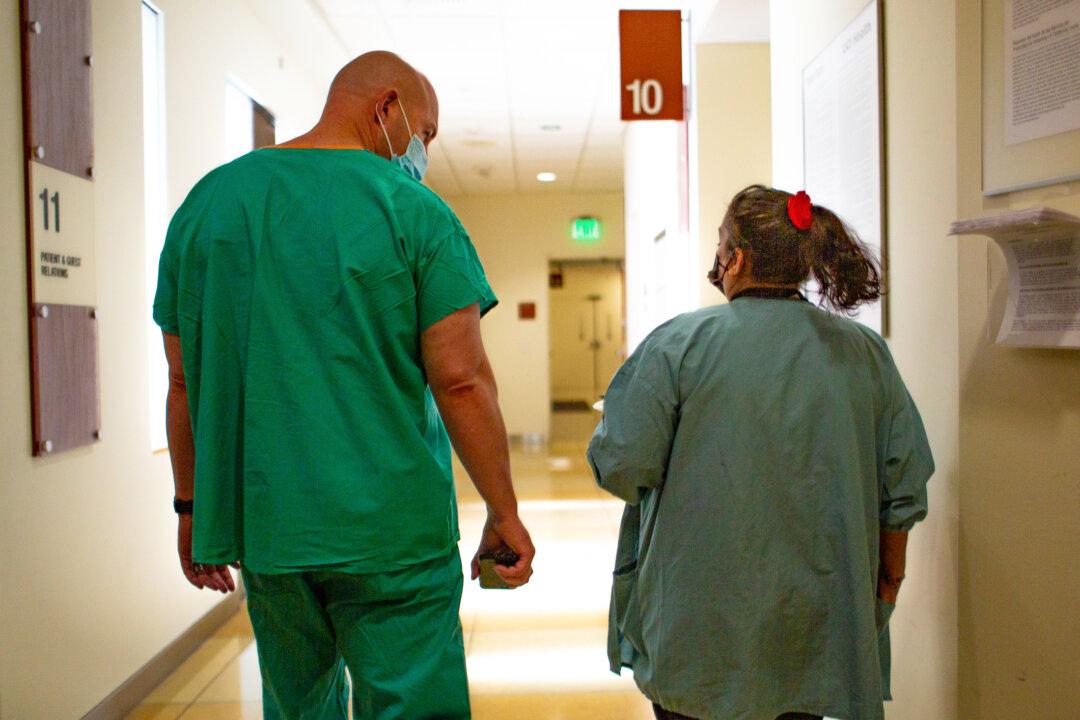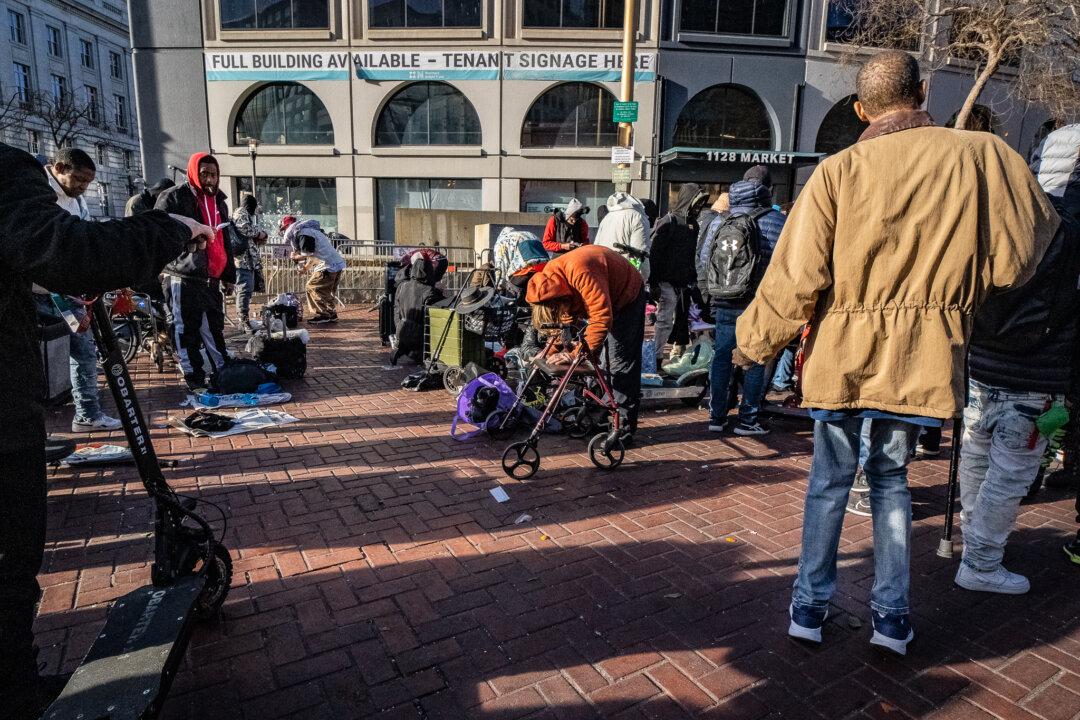As nurse Anna starts her shift, she doesn’t know whether she’ll be floated from the telemetry unit to the COVID unit, or to the intensive care unit (ICU).
“I wasn’t trained to be an ICU nurse, so I don’t know how to do some of those drips, and I don’t know how to take care of a patient on a ventilator. But what they did was they gave us six hours of module training online,” she told The Epoch Times.





